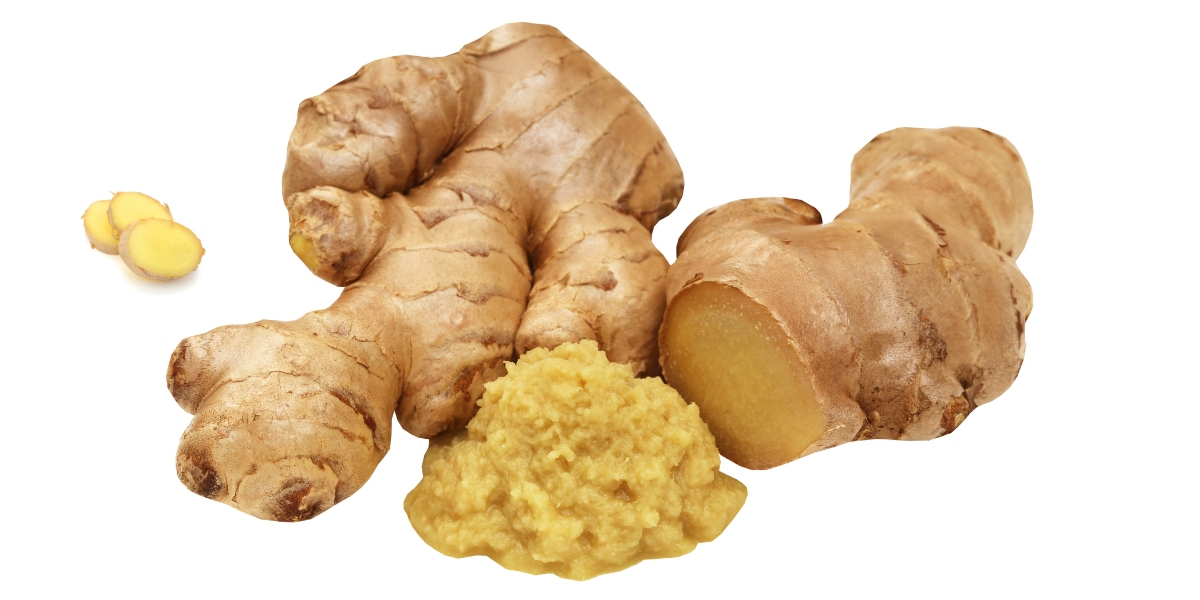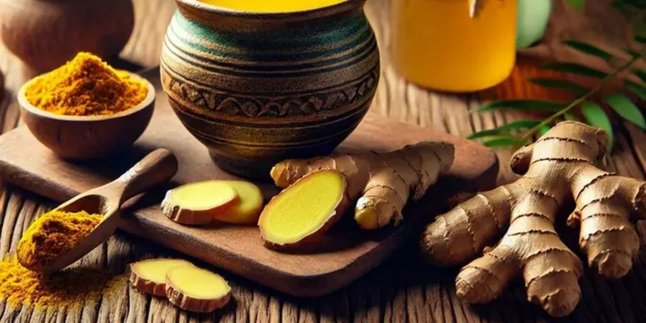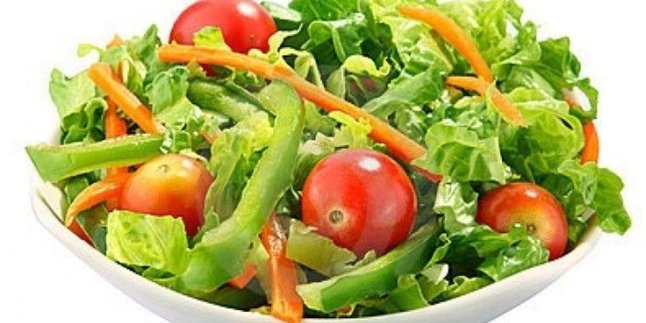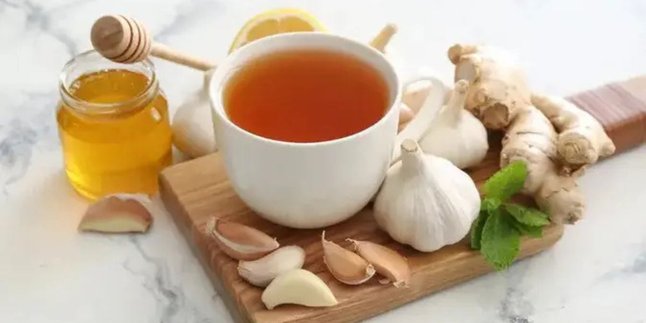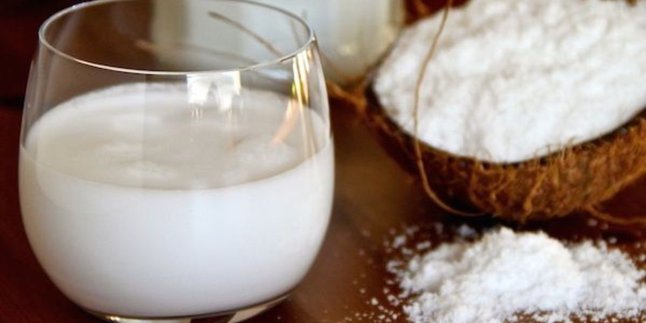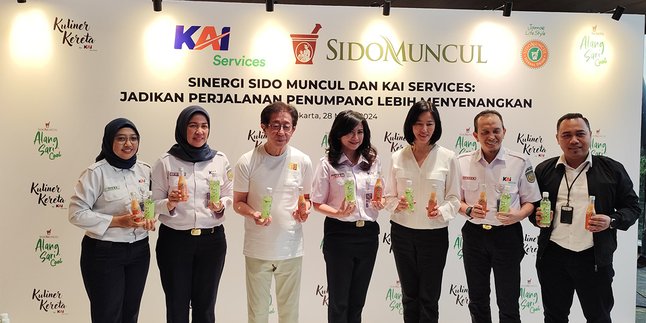Kapanlagi.com - We often find ourselves confused when trying to distinguish between ginger and galangal, two spices that are familiar in Indonesian kitchens. The aroma and taste of both are indeed similar, requiring careful attention to tell them apart.
Both ginger and galangal belong to the Zingiberaceae family, but they have different genera. This difference creates unique characteristics that set them apart, from physical appearance to their roles in the culinary world.
In this article, we will thoroughly explore the differences between ginger and galangal. From physical characteristics such as color and texture, to differences in taste, aroma, and benefits. By understanding these differences, you will feel more confident in choosing the right spice to perfect your dishes.
Check out the interesting review that Kapanlagi.com has compiled from various sources, Tuesday (18/3/2025).
1. The Difference in Taste and Aroma of Ginger and Galangal
Ginger and galangal are two important spices in Indonesian cuisine that have distinct characteristics.
Ginger has a warm spicy and slightly sweet taste, providing a warming sensation, while galangal has a sharp spiciness and tends to be bitter.
The aroma of ginger is spicy and familiar, while galangal is fresh and sharp. In appearance, ginger is reddish-brown and small, while galangal is slender with larger grayish skin.
Ginger is often used to warm dishes, while galangal is a main ingredient in broth-based dishes.
To understand the differences, tasting and inhaling their aromas directly is the best way.
2. Recognizing the Differences in Color and Skin Texture
Ginger and galangal, the two star spices in Indonesian cuisine, indeed have their own charms that are easy to recognize!
Let's start with the color of their skin: ginger appears charming with a light brown hue, while galangal manifests in a more diverse color palette ranging from light brown to striking reddish tones.
Not only that, the texture of the skin also serves as a clear marker; ginger with its rough and fibrous skin gives a sandy sensation when touched, while galangal offers softness with a smooth and slick surface.
When peeled, these differences become even more apparent: ginger exudes bright yellowish-white flesh, while galangal has darker brownish-yellow flesh.
By paying attention to these three characteristics—skin color, skin texture, and flesh color—you can easily distinguish between these two appetizing spices!
3. The Use of Ginger and Galangal in Cooking
Ginger and galangal, two stars from the Zingiberaceae spice family, often complement each other in Indonesian cuisine, yet each has its irreplaceable uniqueness.
Ginger, with its sharp and warm flavor thanks to its gingerol compounds, becomes a faithful companion in various dishes ranging from curry to ginger tea, and is known for its health benefits that help relieve nausea and boost immunity.
On the other hand, galangal presents a fragrant aroma and a mild flavor that adds depth to coconut milk-based dishes such as curry and rendang, providing characteristics that are hard to replicate by other spices.
Although both often unite on one plate, understanding their differences allows you to create richer and more tantalizing flavors.
4. Scientific Classification of Ginger and Galangal
Ginger (Zingiber officinale) and galangal (Alpinia galanga) may seem similar with their enticing distinctive aromas, but both have striking differences both botanically and chemically.
Both belong to the Zingiberaceae family, but are in different genera: ginger in Zingiber and galangal in Alpinia, indicating significant evolutionary differences.
Physically, ginger has a branched rhizome that is segmented, while galangal presents a larger and denser rhizome. The sharp aroma and spicy flavor of ginger contrast with the soft fragrance and sweet taste of galangal.
Additionally, the yellowish-brown skin of ginger differs from the pale skin of galangal. These genetic differences also impact their chemical compositions, affecting the properties and uses of each spice in culinary, traditional medicine, and even the pharmaceutical industry.
By understanding these differences, we can be wiser in utilizing the unique potential of these two extraordinary spices.
5. Benefits and Comparison with Other Spices
Ginger, the magical rhizome full of benefits, has long been a faithful companion for health and beauty.
As a natural warmer, ginger often appears in herbal concoctions and hot drinks, thanks to its active compounds like gingerol and shogaol that can enhance blood circulation, chase away the cold, and alleviate flu symptoms.
However, its benefits do not stop there; ginger also shines in skincare, where its extract serves as an effective mask or scrub, reducing inflammation, and protecting the skin from damage caused by free radicals.
In the world of spices, ginger competes with turmeric, which is stronger in anti-inflammatory properties, galangal that offers a milder flavor, kencur which is sharp and bitter, and cardamom which is sweet and complex.
By understanding the characteristics of each spice, you can choose the one that best suits your health and beauty needs!
(kpl/rao)
Disclaimer: This translation from Bahasa Indonesia to English has been generated by Artificial Intelligence.
